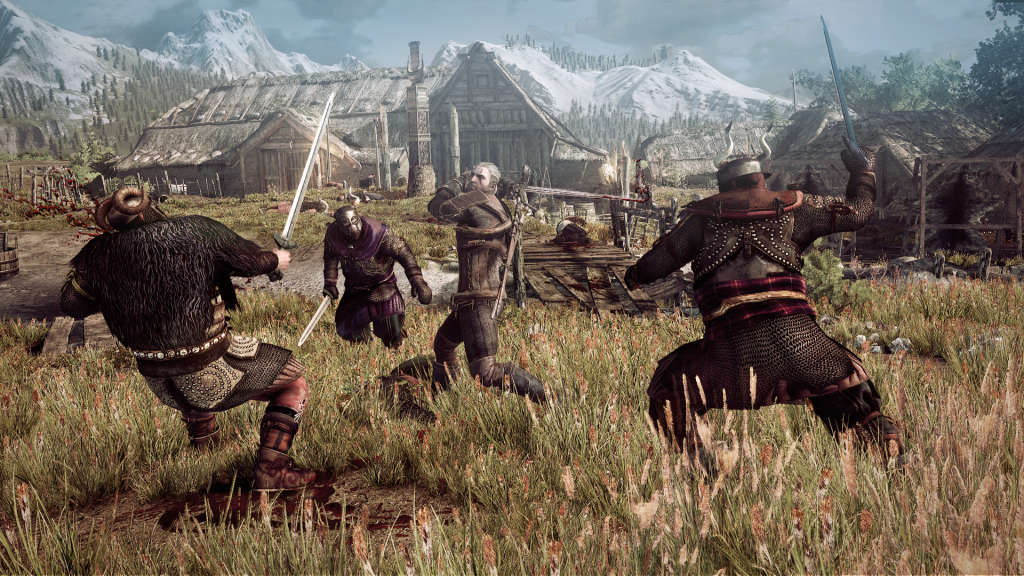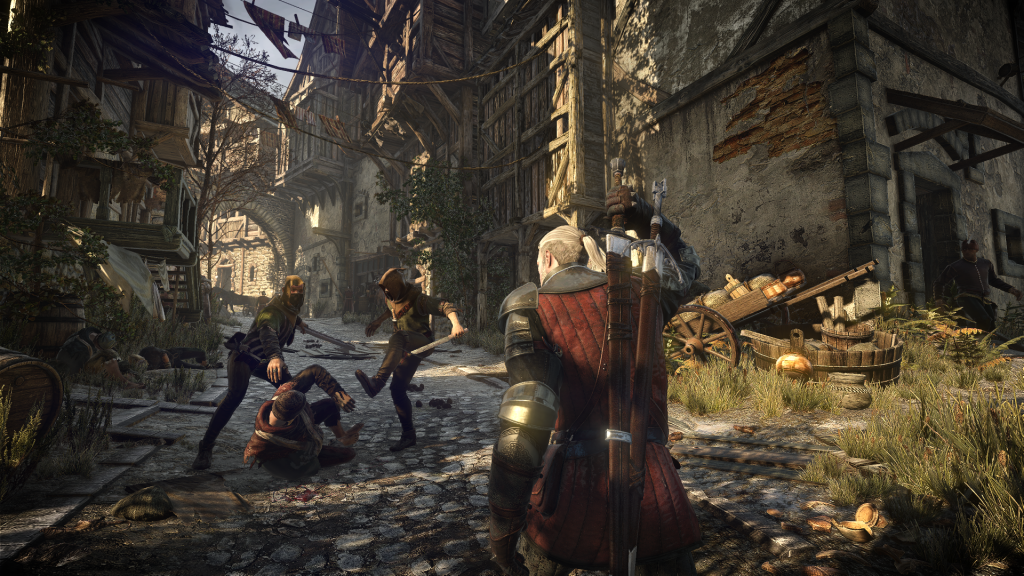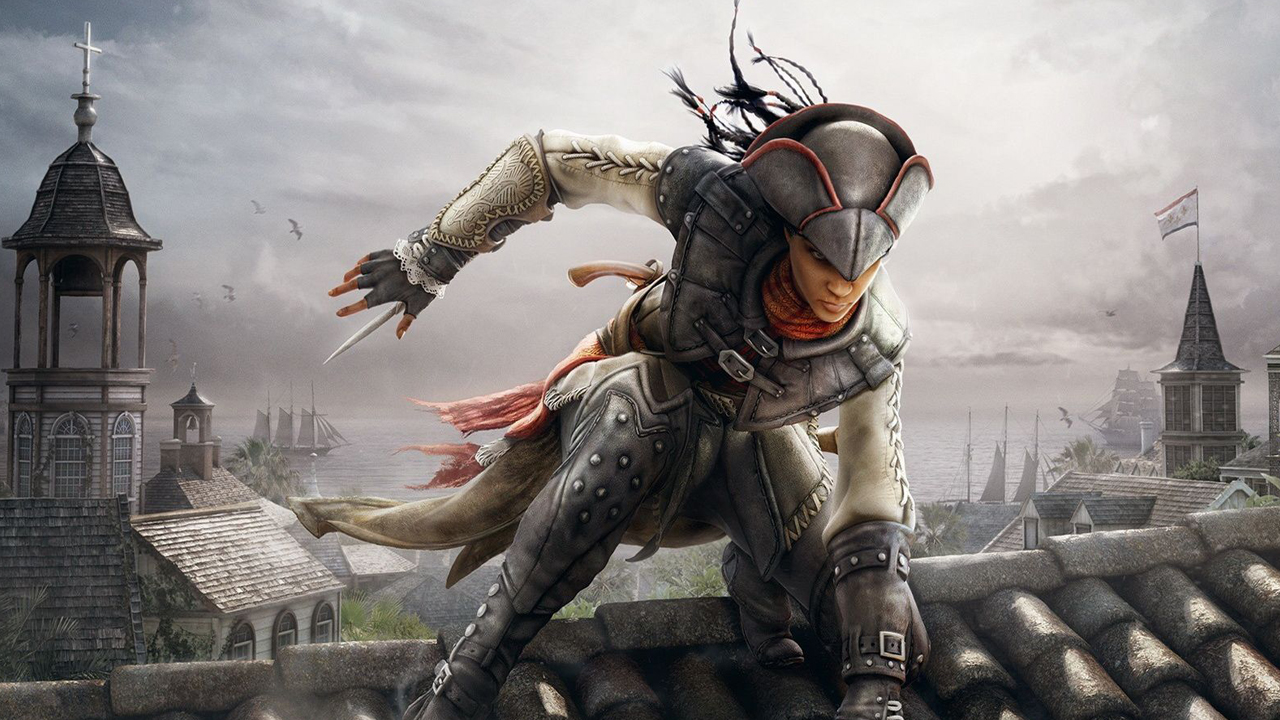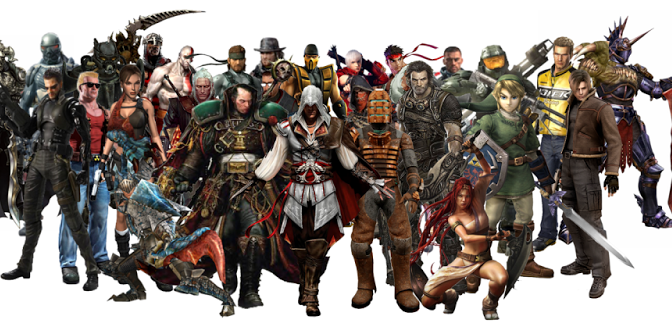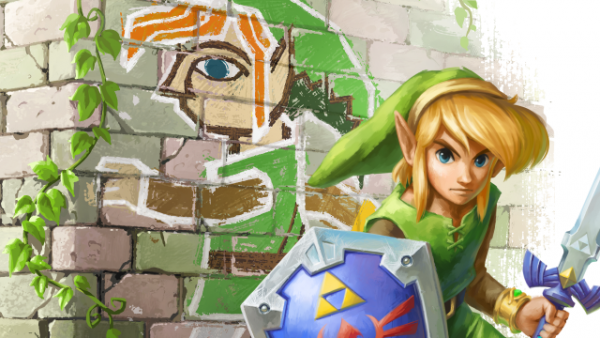A few weeks ago, Polygon editor Arthur Gies published his review on The Witcher 3, an action-based role-playing game developed by CD Projekt RED and based on the Polish fantasy novel of the same name. Though Gies’ review was largely positive and although he still admitted that The Witcher 3 was a “great game” despite his concerns, Gies received a heavy amount of flak over the fact that he included critique about the depiction of women and lack of characters of color in the game. Gies noted multiple examples of misogyny in the game to back up these claims, including persistent nudity and sexualization. For Gies, the objectification of female characters combined with a lack of any characters of color at all, even background characters, negatively affected his enjoyment of the game. Considering that overall enjoyment is an important factor in any review, his statements on the game containing possibly offensive content seem like a fair enough inclusion – and even perhaps an important disclaimer for those players not willing or unable to stomach that sort of content. Rather than passively accept these elements as a part of The Witcher 3’s universe and move on, he instead chose to critically examine why the developers included these elements in the game, regardless of whether it was a conscious decision or not. He does this much in the same way a critic would also question whether or not a specific element of gameplay – like the hotly debated quick-time events, for example – aided or harmed their overall experience. Ultimately his recommendation that “The Witcher 3 is a great game though it isn’t a classic — and it can carry a somewhat qualified recommendation” reveals that he’s suggesting that players weigh what impact these elements may have on their own experience with The Witcher 3 and come to their own conclusions.
Perhaps the most extensive and prolific critic of Gies’ The Witcher 3 review is the notoriously outspoken Gamer Gate sympathizer Adrian Chmielarz. Despite him admitting that Gies’ review was fairly well written, he states multiple times in an article submitted to Medium that he found the review “poisonous to the industry: to gamers, to game developers, to game journalists,” with the core component of his argument not that Gies brought up these issues in the review but that he “lied” about their severity in the game.
Now as I have not yet played The Witcher 3, I cannot validate if the moments he’s highlighted are in fact sexist or if the game is indeed plagued by an undercurrent of misogyny as Gies suggests. Although I personally doubt that Gies would bring up these issues without some due cause, it’s ultimately up to the reader to decide whether or not they agree with his claims. As much as I know I would love to see more games journalists normalize this sort of criticism in their reviews, Adrian Chmielarz’s accusation that reviewers like Gies are using their reviews to push some “extremist social justice agenda” is actually not what I’d like to focus on in my critique of Chmielarz’s post. Given the fact that I have not yet played the game and cannot thoroughly speak on the way the game itself presents its female characters, I’d instead like to highlight the disturbing trend of using claims of supposed “historical accuracy” or the existence of oppressed fantasy species to justify a lack of human diversity in a game or any other piece of fiction for that matter.
Chmielarz states out front that the lack of racial diversity in The Witcher 3’s human characters is a “non-issue.” He attempts to support this claim by citing the fact that the universe is based on Slavic mythology and that adding racial diversity to the universe wouldn’t make sense and would somehow dilute the “purity” of the fantasy. He takes the time to shun the “this is a fantasy game, you have dragons, you can have non-white races” argument (as he refers to it as), but doesn’t seem to fully comprehend the meaning behind this statement. The world of The Witcher 3 contains Elves, werewolves, vampries, gnomes, and dwarves, amongst other magical creatures. It is apparent, even with my general lack of knowledge on the intricacies of the world’s universe, that the world in which this story inhabits is not Earth and is instead a world based in fantasy. Fantasy as a genre functions and is enjoyable because of our tendency to willingly suspend disbelief. This suspension of disbelief asks us to use the full extent of our imagination and embrace the unreal as real. Chmielarz is all too ready to accept the presence of elves and dwarves in The Witcher 3, but cannot seem to imagine the active presence of characters of color in it. If the designers wanted people of color to be a normal part of the universe, they could do so easily and in the same way they seem to have made elves, magic, and overwhelming whiteness the norm. This alone arguably justifies Gies’ criticism over the lack of characters of color in the game.
Chmielarz also criticizes Gies’ concerns over the lack of characters of color by essentially claiming that both Slavic and Polish civilizations were composed entirely from white people. He uses what he views to be “historical accuracy” as reason enough for a lack of racial diversity. He states:
“. . . The Witcher is the Slavic mythology, and while dragons fit, non-white races simply do not . . . we tend to filter everything through our own culture, even if we think of ourselves as part of the global village. Lack of people of color is one such example. I won’t repeat what’s already been said, but for example this review from Jim Sterling made me realize that even though we’re all connected through the Internet, we’re all still slaves to local culture. I already mentioned that Poland is an extremely homogenous country from the racial angle, and people of color are actually very rare, even in the country’s capital, let alone in any other town. So no Pole playing The Witcher 3 would ever stop and think about the lack of people of color, because this is absolutely normal to them.”
However Chmielarz’ narrative of natural and complete whiteness washes over a history of characters of color not only in medieval Poland, which seems to be the primary basis for The Witcher 3’s setting, but across all of Europe as well. It erases the contributions and accomplishments people of color made to European history and perpetuates the tale that no People of Color existed in Europe prior to the Enlightenment period, an idea that can be easily dispelled with a simple Google search. Presented with very real evidence of thriving People of Color in early European history eliminates the any legitimacy a “historically accurate” excuse could have for an absence of any People of Color in the Witcher 3 and any medieval European-based piece of fiction for that matter.
Finally, I will end on what is perhaps the most perplexing argument Chmielarz raises – that while it would be possible, given his own examination of The Witcher 3’s universe and the presence of neighboring countries in the game with large populations of non-white characters, to have Characters of Color play a role in the game, it’s simply not a necessity. This is perhaps the most insidious argument he makes regarding a lack of Characters of Color in the game. Because even with his understanding of the game’s universe and awareness that a lack of Characters of Color is often detrimental to a player’s experience, we’re still left having to justify even the smallest bit of diversity and representation.

